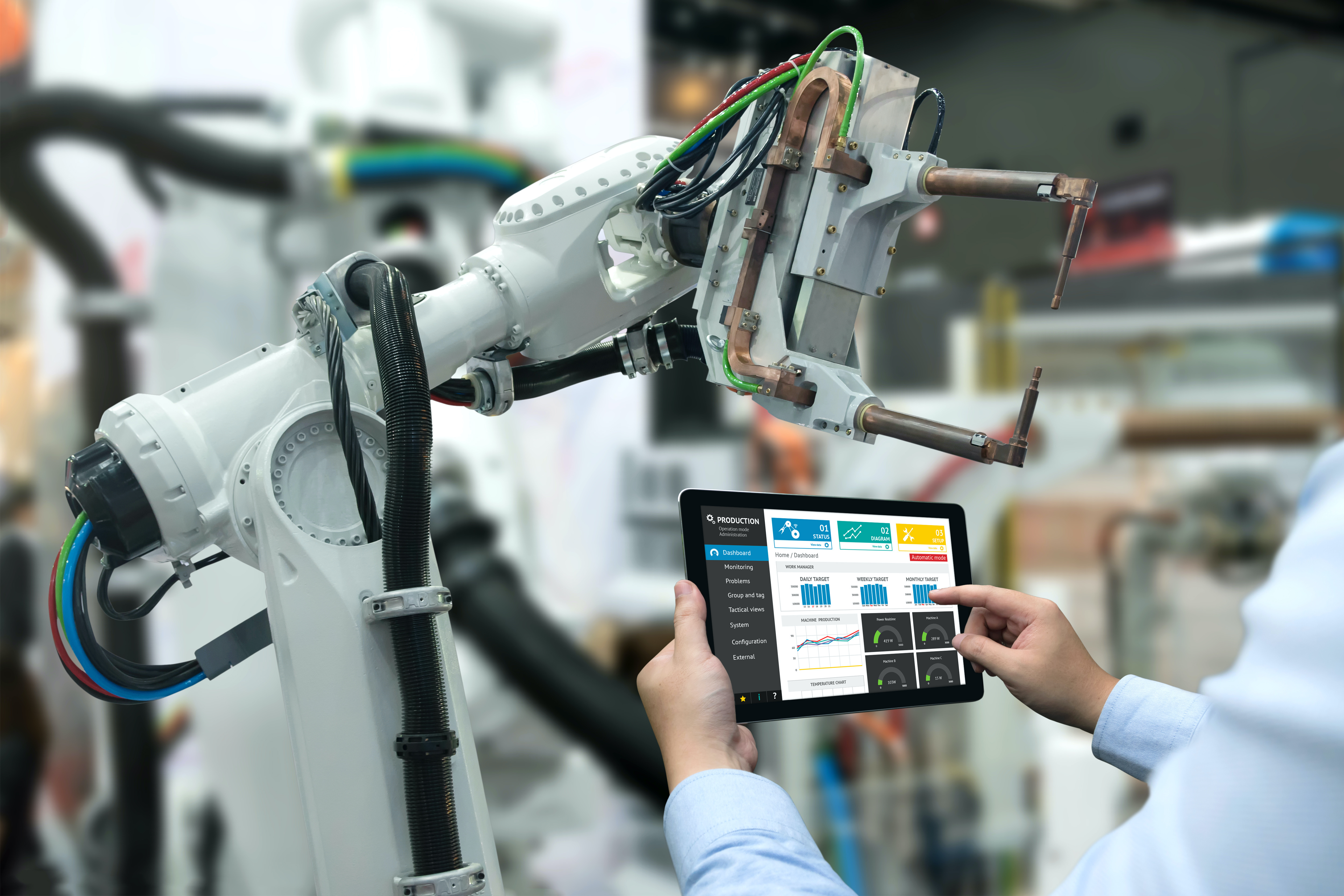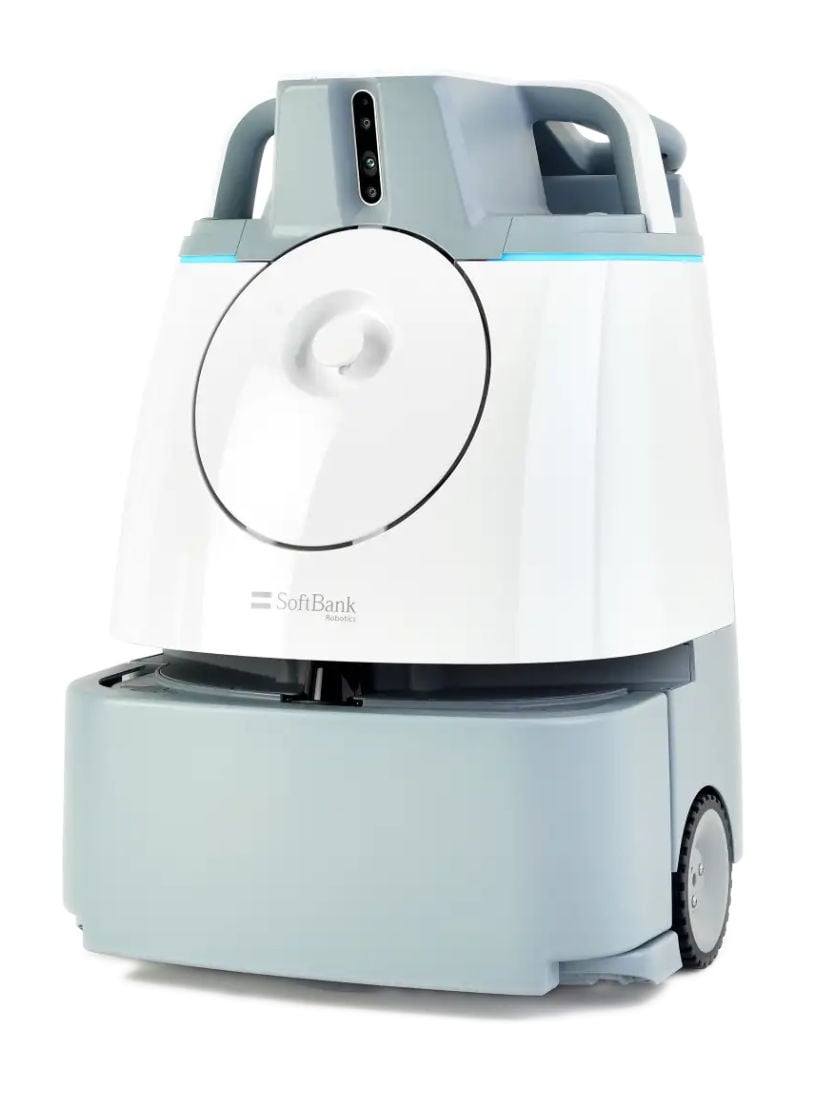A new paradigm of work has begun, and it’s changing the way we approach automation in the workplace. Automation itself is not new. A 2017 McKinsey report showed that, “while few occupations are fully automatable, 60% of all occupations have at least 30 percent technically automatable activities.”
These activities include predictable rules-based activities like processing and collecting data, as well as executing repetitive tasks like sending out an email based on a specified set of criteria. Historically, automation has been driven by software solutions, such as automated customer management, marketing automation, financial accounting automation, and more.
Today, however, automation is moving beyond traditional desktop-based tools to true robotics. While some industries initially resisted this change, many organizations across all sectors are now embracing this new wave. Why? Because robotics-driven automation leads to fewer mistakes, increased safety, improved efficiency, and better quality control—all of which ultimately lead to higher profits. As robots become even smarter and easier to use, adoption will continue to grow and change how we work.
Keep reading to learn how emerging robotic technologies are changing the future of work.
Traditional Automation in the Workplace
Outside of factories and warehouses, automation in the workplace has largely been driven by software tools such as marketing and sales email automation for customer outreach, automated onboarding workflows for new hires, automated invoice processing, and much more. These tools have become especially popular since the COVID-19 pandemic and subsequent labor shortages, helping organizations maintain business continuity and create more engaging jobs to retain their highly skilled human workforce.
Automation software solutions quickly gained popularity because of the time and costs they save. For example, according to data from Zapier, marketing automation tools save marketers an average of 25 hours every week–and they weren’t the only department reaping the benefits of automation.
The Zapier study further showed that, on average, automation saves IT professionals 20 hours each week, customer service representatives save 16 hours per week, and HR professionals save 8 hours per week. When every department in an organization leverages automation, their productivity soars and the advantages compound.
Today, Robots are Driving the Future of Work
Now that more people are returning to the physical world of on-site workplaces, the need for emerging automation technologies has only increased. To address physical world demands, organizations are thinking beyond the virtual desktop and turning to robots to take their businesses to the next level.
Up until recently, robots have largely been absent from most workplaces. When most people would think of robotics, they would imagine heavy industrial equipment used to assemble cars or manufacture packaged goods in a factory setting.
However, in 2022 and beyond, that’s changing. Robots, a long-time mainstay of the manufacturing industry, are making their way into our everyday lives as they become key to the future of work across industries like travel and hospitality, healthcare and assisted living, education, and even traditional offices.
Use Cases for Robots in the Workplace
Physical robots are making their way into many industries, with the primary role of making employees’ jobs easier. Similar to automation software, physical robots take on the tasks that humans would find frustrating or boring. They can also take on tasks that are not ergonomic for a human worker, or could cause a human injury. Robots can do these tasks with ease, freeing up your staff’s time and energy to focus on more rewarding and meaningful work.
A good example of this is the use of service robots, which are being used everywhere from hotels to assisted living facilities to office parks. These robots can be used to run errands like delivering food and toiletries wherever they’re needed–on demand.
Another example is cleaning robots. An autonomous robot vacuum, like Whiz from Softbank Robotics, can be used to automatically clean the floors of entire office buildings, healthcare facilities, residential buildings, and school campuses. This saves time and costs and helps maintain safe, healthy, and pristine environments, which can further increase staff productivity and improve the customer experience.
What’s So Special About Robots?
Unlike software automation, robots have an x-factor quality that is driving their adoption: their unmistakable charm. If you were imagining austere manufacturing robots in the sections above, think again.
Similar to consumer electronics like Amazon’s Alexa and iRobot’s Roomba, workplace service robots are designed to seamlessly engage with people in their everyday lives–and as such these robots are fun, friendly, and approachable! They even have names and unique personalities that make them endearing to the humans they serve.
Because of their utility, their charm, and the virtually endless possible use cases, robots are quickly changing the workplace of the future–making it a more engaging, fun, and productive place for all.







